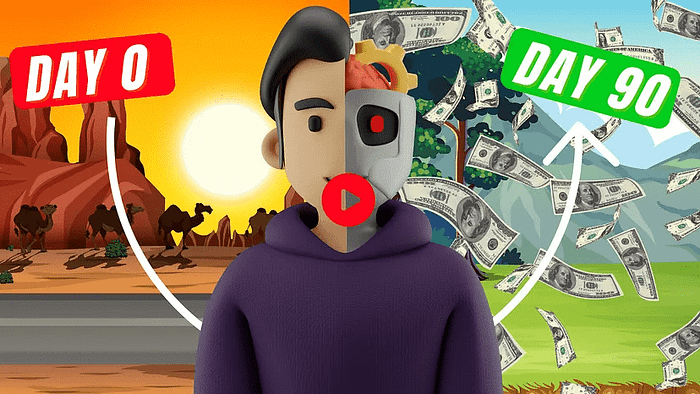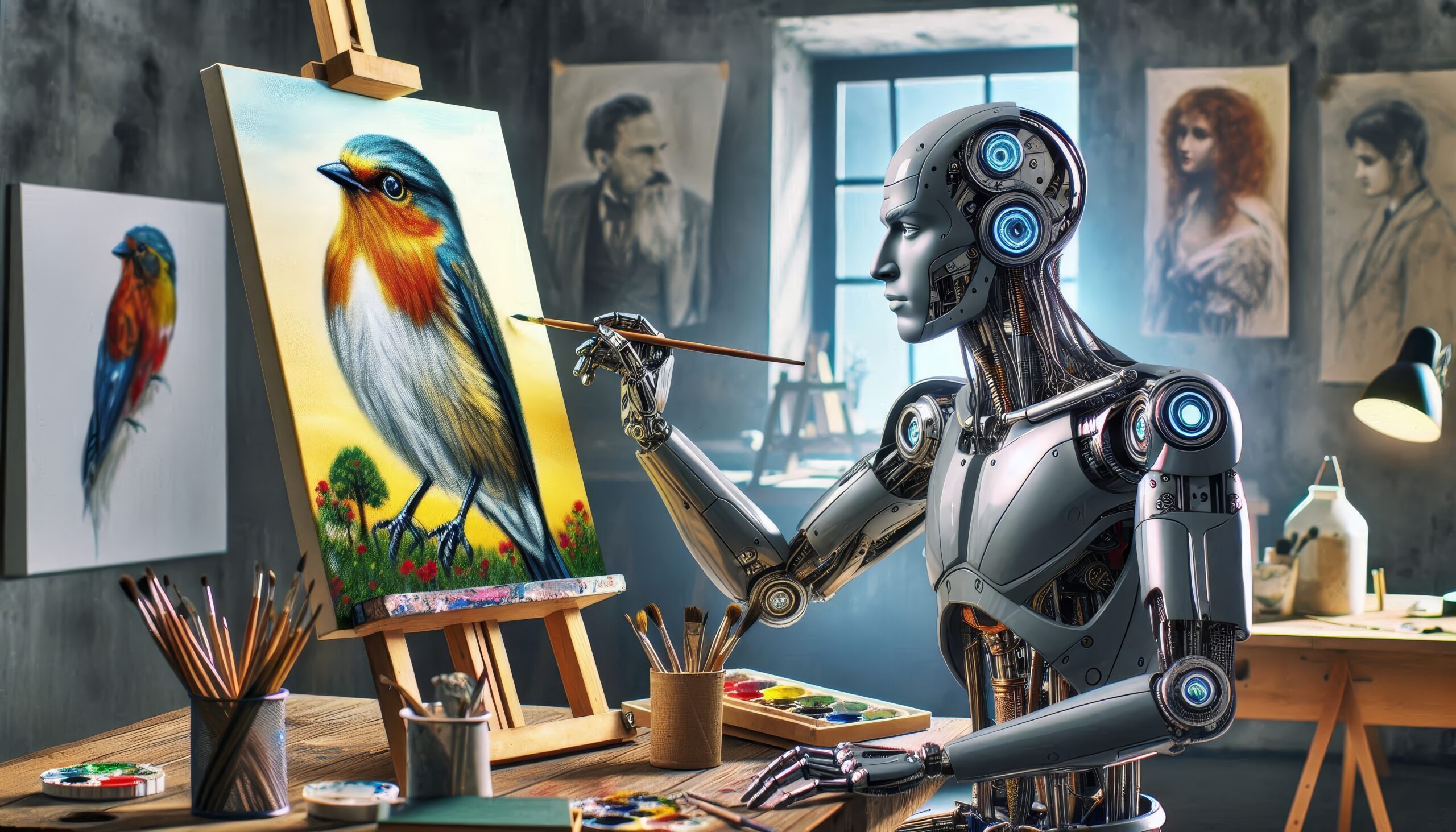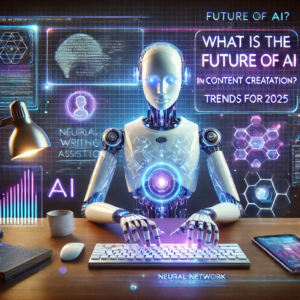I Tested 7 AI Image to Video Generators: An In-Depth Analysis for Content Creation Success
Static images transformed through AI image to video technology are reshaping the landscape of digital content creation, offering unprecedented possibilities for engaging storytelling and dynamic visual experiences.
We strongly recommend that you check out our guide on how to take advantage of AI in today’s passive income economy.
Table of Contents
Understanding AI Image to Video Technology
The transformation of still images into fluid motion sequences represents one of artificial intelligence’s most impressive achievements in visual computing. Modern AI image to video systems employ sophisticated neural networks that analyze multiple layers of visual information simultaneously. These systems break down images into component elements – foreground objects, background scenes, lighting conditions, and depth information – before applying complex motion prediction algorithms to each element.
What sets current AI image to video technology apart is its deep understanding of natural physics and motion patterns. The algorithms don’t simply move pixels across frames; they understand how different materials should behave, how light should interact with moving surfaces, and how various objects should realistically interact with their environment. This sophisticated understanding enables the generation of convincing motion that respects real-world physics and natural movement patterns.
Technical Foundation
The core technology behind AI image to video conversion relies on several key components. First, computer vision algorithms analyze the input image to create a detailed scene understanding, identifying objects, their relationships, and their physical properties. Next, motion prediction networks, trained on vast datasets of natural movement, generate appropriate motion vectors for each element in the scene. Finally, frame interpolation and rendering engines create smooth transitions between states while maintaining visual consistency.
Comprehensive Testing Methodology
Testing AI image to video platforms requires a structured approach that evaluates multiple aspects of their performance. Each platform underwent rigorous testing using three carefully selected test images designed to challenge different aspects of motion generation:
The first test image featured a professional speaker on stage with corporate logos in the background, chosen to evaluate facial animation, gesture naturality, and the handling of static background elements. This test particularly challenged the AI’s ability to generate realistic human movement while maintaining the integrity of background elements.
The second test image depicted a mechanical tiger running down a highway, selected to assess how well each platform handles complex mechanical motion, physics simulation, and environmental interaction. This test pushed the limits of each system’s understanding of non-organic movement and structural mechanics.
The third test image showed two children running through a flower field, chosen to evaluate multiple subject interaction, natural movement patterns, and environmental dynamics. This test examined each platform’s capability to handle multiple moving subjects while maintaining realistic environmental responses.
Platform-by-Platform Analysis
HyperAI: The Accessible Innovator
HyperAI demonstrates remarkable capabilities in handling natural human movement, particularly evident in its treatment of the children running sequence. The platform successfully captures the natural gait patterns and momentum transfers that make human motion feel authentic. Even subtle details like clothing movement and hair physics show attention to realistic motion dynamics.
The platform’s user interface deserves special mention for its intuitive design. New users can quickly grasp the essential functions while more experienced creators can access advanced features for fine-tuning their results. The provision of 300 free credits for new users makes it an attractive entry point for creators exploring AI image to video technology.
However, HyperAI’s limitations become apparent when dealing with complex mechanical subjects. The mechanical tiger animation revealed challenges in maintaining consistent physics-based movement, particularly in joint articulation and surface interaction. This suggests that while the platform excels at organic motion, its algorithms might need refinement for handling mechanical subjects.
Luma Dream Machine: The Mixed Marvel
Luma’s approach to AI image to video conversion showcases both impressive strengths and notable limitations. The platform excels in generating subtle facial movements and natural gestures, particularly evident in the speaker sequence. Its handling of micro-expressions and small movements adds a layer of realism that many competitors struggle to achieve.
However, Luma’s performance varies significantly across different subject matters. While human motion shows remarkable naturality, complex mechanical movements often exhibit inconsistencies. The platform’s free daily generation allowance makes it accessible, but capacity limitations can result in extended wait times during peak usage periods.
Vu AI: The Cinematic Innovator
Vu AI distinguishes itself through its emphasis on cinematic movement and camera work. The platform’s handling of camera motion adds a professional quality to its outputs, particularly evident in the children running sequence where dynamic camera movement enhanced the emotional impact of the scene.
The platform’s approach to motion generation focuses on creating compelling visual narratives rather than just animated sequences. This cinematic emphasis makes it particularly suitable for creators looking to generate content with strong storytelling elements.
Kaiber: The Artistic Transformer
Kaiber takes a unique approach to AI image to video conversion, emphasizing artistic interpretation over strict realism. The platform excels in creating visually striking transitions and abstract interpretations of movement that can capture viewer attention in unique ways.
What sets Kaiber apart is its ability to generate creative interpretations of motion that, while not strictly realistic, create compelling visual experiences. This makes it particularly valuable for artistic projects and attention-grabbing social media content.
Pika: The Promising Challenger
Pika enters the AI image to video space with promising technology but faces some limitations in its current implementation. The platform shows particular strength in handling mechanical motion, demonstrated by its impressive handling of the tiger sequence.
Despite limited daily credits in its free tier, Pika’s output quality suggests significant potential. The platform’s handling of complex motion sequences indicates sophisticated underlying technology that could become even more impressive with further development.
Runway ML: The Premium Powerhouse
Runway’s Gen-3 Alpha represents the current pinnacle of AI image to video technology. The platform’s sophisticated motion prediction algorithms create remarkably natural movement across all test scenarios. Its handling of human motion, in particular, shows an understanding of subtle movements and natural physics that sets it apart from competitors.
The platform’s premium positioning is justified by its consistent delivery of high-quality results. While the cost may be prohibitive for some users, the quality of output makes it a compelling choice for professional content creators and agencies.
Kling AI: The Balanced Innovator
Kling AI emerges as a strong contender in the AI image to video space, offering professional-grade outputs at a more accessible price point than some premium competitors. The platform’s handling of complex motion, particularly evident in the mechanical tiger sequence, showcases sophisticated physics simulation and natural movement prediction.
Advanced Features and Technical Capabilities
The sophistication of modern AI image to video platforms extends far beyond basic motion generation. Each platform offers unique features that can significantly impact the quality and creativity of the final output. Motion control stands as a cornerstone feature across platforms, allowing users to specify movement patterns, speed, and direction. This level of control enables creators to achieve specific creative visions while maintaining natural movement qualities.
Frame interpolation technology represents another crucial advancement in AI image to video conversion. This technology ensures smooth transitions between generated frames, eliminating stuttering and creating more natural-looking motion. The most advanced platforms employ adaptive frame interpolation that adjusts based on the type of movement being generated, resulting in more convincing final outputs.
Camera movement simulation adds another layer of sophistication to these platforms. By understanding three-dimensional space and perspective, advanced AI image to video generators can create dynamic camera movements that enhance the visual narrative. This capability proves particularly valuable for creating engaging social media content where dynamic visual elements capture viewer attention.
Expert-Level Customization Options
Professional users benefit from advanced customization options that go beyond basic settings. These include:
Motion intensity controls allow fine-tuning of movement magnitude, useful for creating subtle or dramatic effects as needed. Style transfer capabilities enable the application of specific visual styles while maintaining natural movement patterns. Duration control with adaptive motion scaling ensures that generated movements remain natural regardless of the final clip length.
Real-World Applications and Use Cases
The versatility of AI image to video technology extends across numerous professional fields. Marketing professionals leverage these tools to create engaging social media content, transforming static product photos into dynamic advertisements. Educational content creators use the technology to bring static diagrams and illustrations to life, enhancing learning materials with motion and interactivity.
The fashion industry has found particular value in AI image to video technology, using it to animate lookbook photos and create dynamic catalog content. Real estate professionals employ these tools to create more engaging property listings by adding subtle motion to architectural photographs.
Comprehensive Cost Analysis
Understanding the true cost-benefit ratio of AI image to video platforms requires considering multiple factors beyond basic subscription prices. Professional platforms like Runway ML justify their premium pricing through consistent, high-quality outputs and advanced features. Their cost structure often makes sense for agencies and professional content creators who require reliable, high-quality results.
Mid-tier options like Kling AI offer an attractive balance between cost and capability, making them suitable for individual creators and small businesses. Free alternatives, while limited in features and generation capacity, provide viable entry points for experimentations and basic projects.
Future Developments and Industry Trends
The AI image to video industry continues evolving at a rapid pace, with several emerging trends shaping its future:
Neural rendering techniques are becoming more sophisticated, promising even more realistic motion generation. Integration with other AI technologies, such as text-to-image generation and audio synchronization, suggests exciting possibilities for complete content creation pipelines. Improvements in processing efficiency may lead to faster generation times and more accessible high-quality outputs.
Optimization Strategies and Best Practices
Achieving optimal results with AI image to video technology requires understanding key principles and best practices. Image preparation plays a crucial role – high-resolution, well-composed source images generally yield better results. Understanding each platform’s strengths and limitations helps in choosing the right tool for specific projects.
Platform Selection Guide
Choosing the right AI image to video platform depends heavily on specific use cases and requirements. For professional production environments requiring consistent, high-quality outputs, premium platforms like Runway ML and Kling AI represent the best options. Creative projects benefiting from unique artistic interpretations might find Kaiber’s approach more suitable.
Technical Limitations and Workarounds
Despite impressive capabilities, current AI image to video technology faces certain limitations. Understanding these constraints helps in planning projects and setting realistic expectations. Common challenges include handling complex mechanical motion, maintaining consistent physics in extended sequences, and managing multiple interacting subjects.
Final Recommendations
For professional content creators requiring consistent high-quality outputs, Runway ML and Kling AI stand as top recommendations. Their sophisticated motion prediction algorithms and robust feature sets justify their premium positioning. Kaiber offers an excellent option for creative projects requiring unique visual interpretations, while HyperAI provides a solid entry point for those new to the technology.
Conclusion
The landscape of AI image to video technology presents diverse options suited to different needs and skill levels. Premium platforms deliver professional-grade results while being accessible solutions provide entry points for beginners. As the technology continues advancing, we can expect even more impressive capabilities and applications in the future of digital content creation.
This comprehensive analysis reveals that while each platform has its unique strengths and limitations, the overall technology continues maturing rapidly. Content creators now have access to powerful tools that can significantly enhance their creative capabilities and streamline their production workflows.

We strongly recommend that you check out our guide on how to take advantage of AI in today’s passive income economy.




